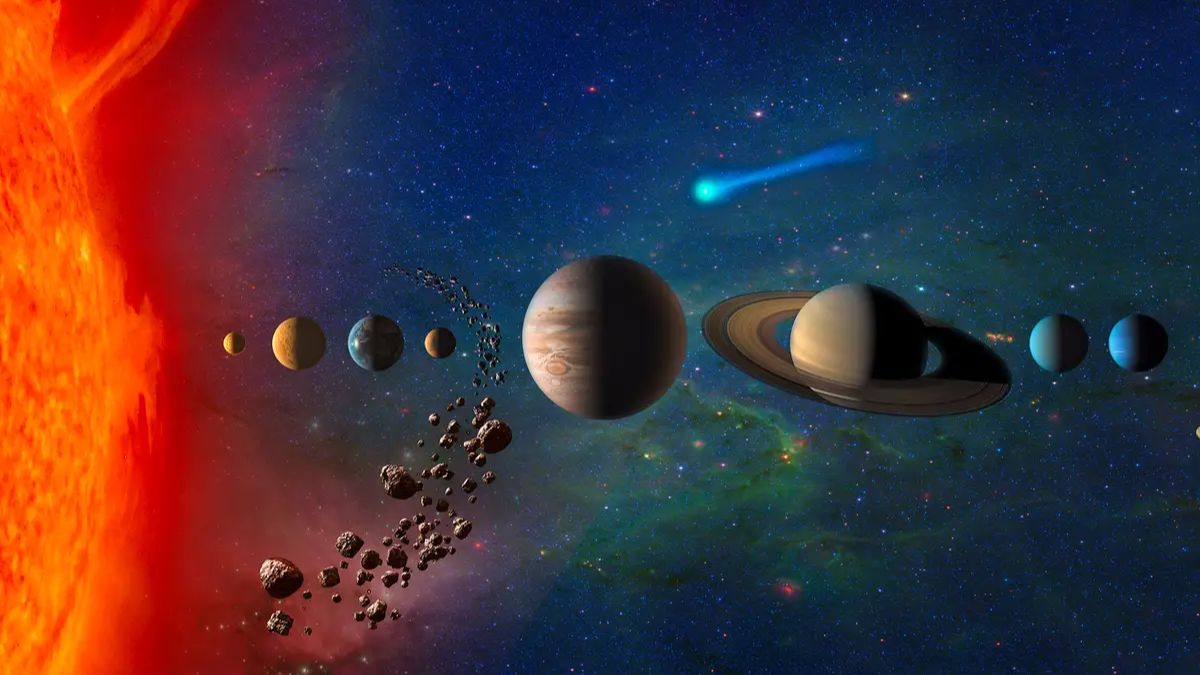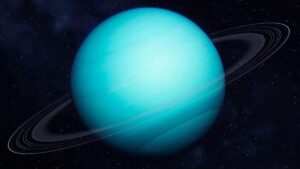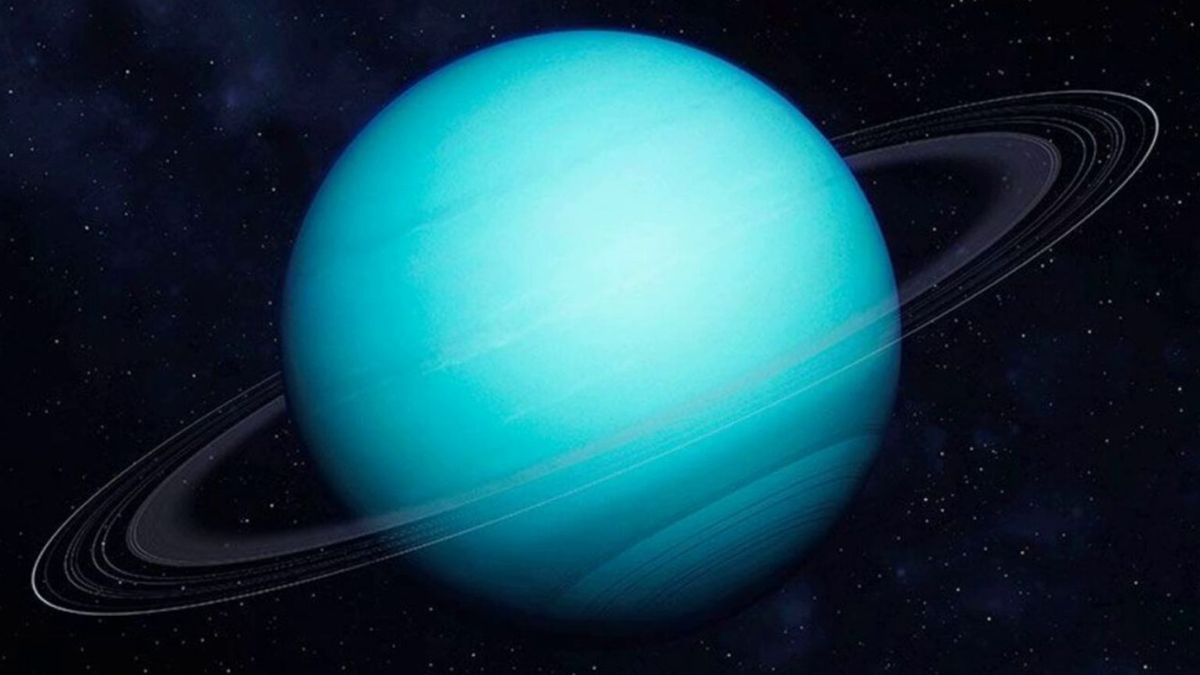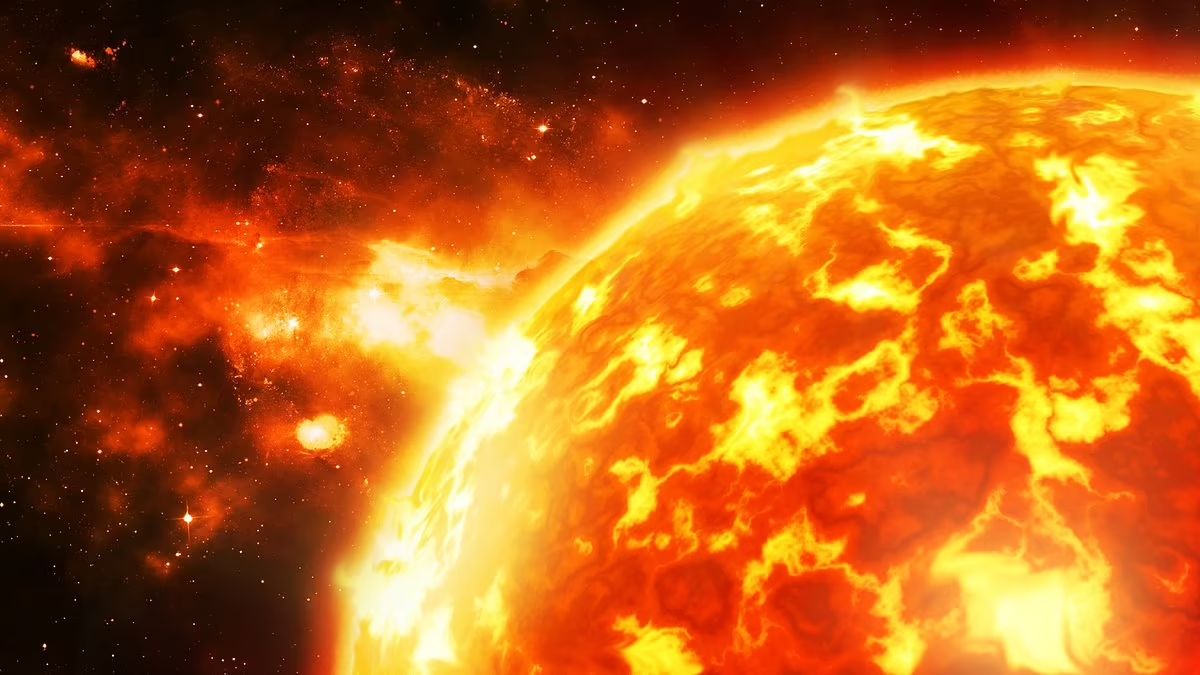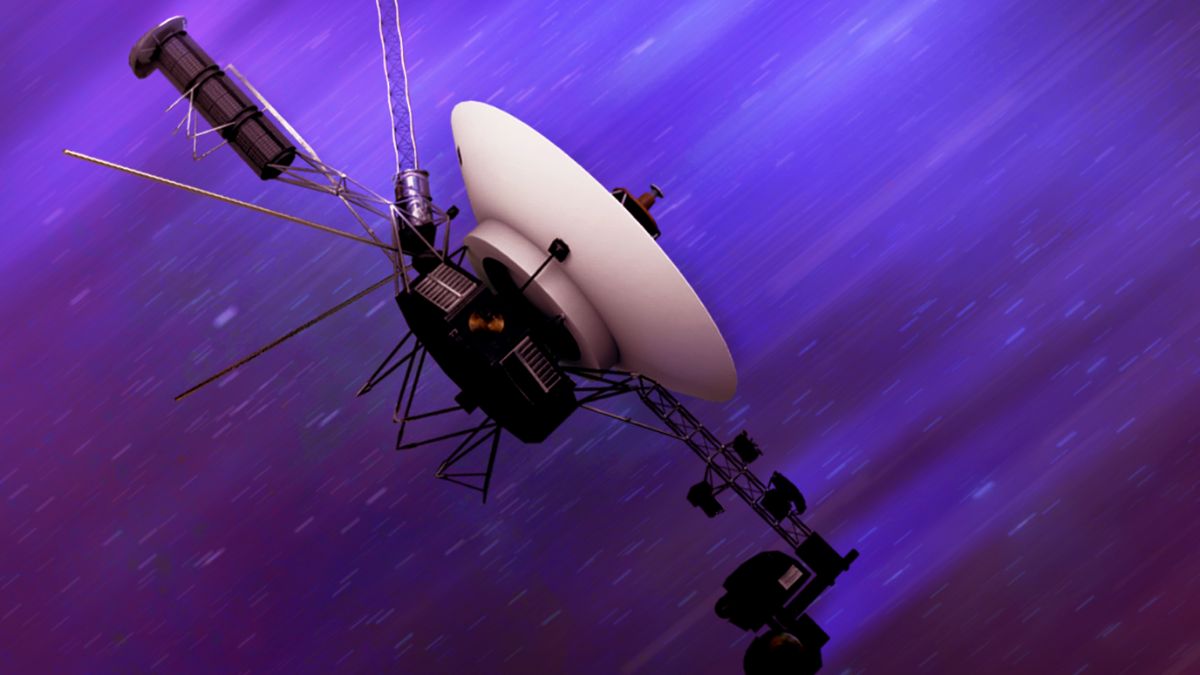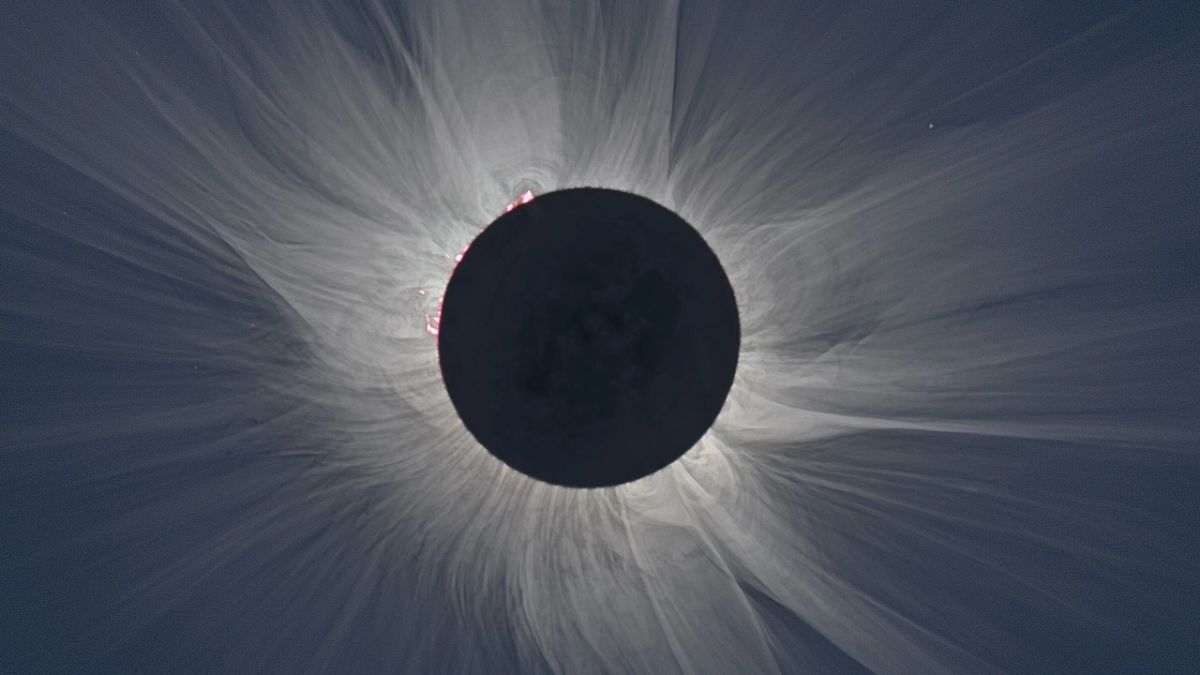Space always finds a way to surprise us. Just when we think we’ve looked all the corners of our cosmic backyard, astronomers discover something new. This time, it’s a potential dwarf planet—dubbed 2017 OF201—that’s turning heads and drawing comparisons to the famous Pluto.
But what exactly is this object, and why is it such a big deal? Let’s cut into the discovery and its impact on what we know about the far reaches of our Solar System.
Pluto
Pluto has long been the celebrity of the dwarf planet world. Located in the Kuiper Belt beyond Neptune, it’s part of a family of icy objects called Trans-Neptunian Objects (TNOs). Though it’s no longer considered a full-fledged planet, Pluto still holds a special place in our hearts and our textbooks.
But it’s not alone out there. The Solar System is packed with hidden objects, and 2017 OF201 is one of the latest to emerge from the darkness.
Discovery
So, what exactly is 2017 OF201? It’s a newly identified object spotted through data gathered between 2011 and 2018 by the Canada France Hawaii Telescope (CFHT) and the Dark Energy Camera Legacy Survey (DECaLS). Thanks to the precision of these tools, astronomers were able to track this object’s orbital path and identify it as a possible dwarf planet.
What’s mind-blowing is how similar its orbit is to Pluto’s—at least when it comes to its closest approach to the Sun. At perihelion, 2017 OF201 is 44.9 astronomical units (AU) away from the Sun, which is almost identical to Pluto’s 44.4 AU. But at aphelion, or its farthest point, it stretches a whopping 1,630 AU into the inner Oort cloud—a mysterious zone at the edge of the Solar System.
Here’s a quick comparison:
| Object | Perihelion (AU) | Aphelion (AU) |
|---|---|---|
| Pluto | 44.4 | 49.3 |
| 2017 OF201 | 44.9 | 1,630 |
Orbit
Unlike the nice, round orbits of inner planets, 2017 OF201’s path is seriously stretched out—like a cosmic slingshot. It flies close to the Sun and then swings way, way out into the darkness. That kind of movement is unusual and has scientists wondering what might be causing it.
And this brings us to the mysterious Planet Nine.
Theory
Planet Nine is a proposed massive planet lurking far beyond Neptune. It’s never been directly observed, but its presence has been suggested because of how certain TNOs seem to align in space. Some believe a planet five to ten times the size of Earth could be pulling these objects into strange orbits.
But here’s the twist: while 2017 OF201’s orbit is weird, it doesn’t exactly match the pattern expected if Planet Nine were real. This is making some astronomers question whether Planet Nine exists at all. Could it be a myth? Or maybe something even stranger is influencing these orbits?
Impact
This discovery is more than just another icy rock floating in space—it’s a clue. A clue that there could be many more such objects waiting to be found. Each one could give us more insight into how our Solar System formed and what might be lurking in its outer reaches.
It also reminds scientists how valuable it is to revisit old data. 2017 OF201 wasn’t spotted in real-time. It was found by combing through years of past observations using modern analysis. That means the next big discovery might already be hiding in plain sight.
Future
As we continue to scan the skies, discoveries like 2017 OF201 push the boundaries of what we know. Whether or not it confirms the existence of Planet Nine, it’s clear that space beyond Pluto is still full of surprises.
So, what’s next? Maybe another dwarf planet, a hidden moon, or even a whole new class of celestial objects. One thing’s for sure—we’re not done learning about the wild frontier of our Solar System.
FAQs
What is 2017 OF201?
It’s a newly discovered distant dwarf planet candidate.
Where is 2017 OF201 located?
It’s found in the inner Oort cloud beyond Pluto.
How far is 2017 OF201 from the Sun?
Up to 1,630 AU at its furthest point.
Does 2017 OF201 prove Planet Nine exists?
No, its orbit doesn’t align with Planet Nine predictions.
How was 2017 OF201 discovered?
Through telescope data collected between 2011 and 2018.

